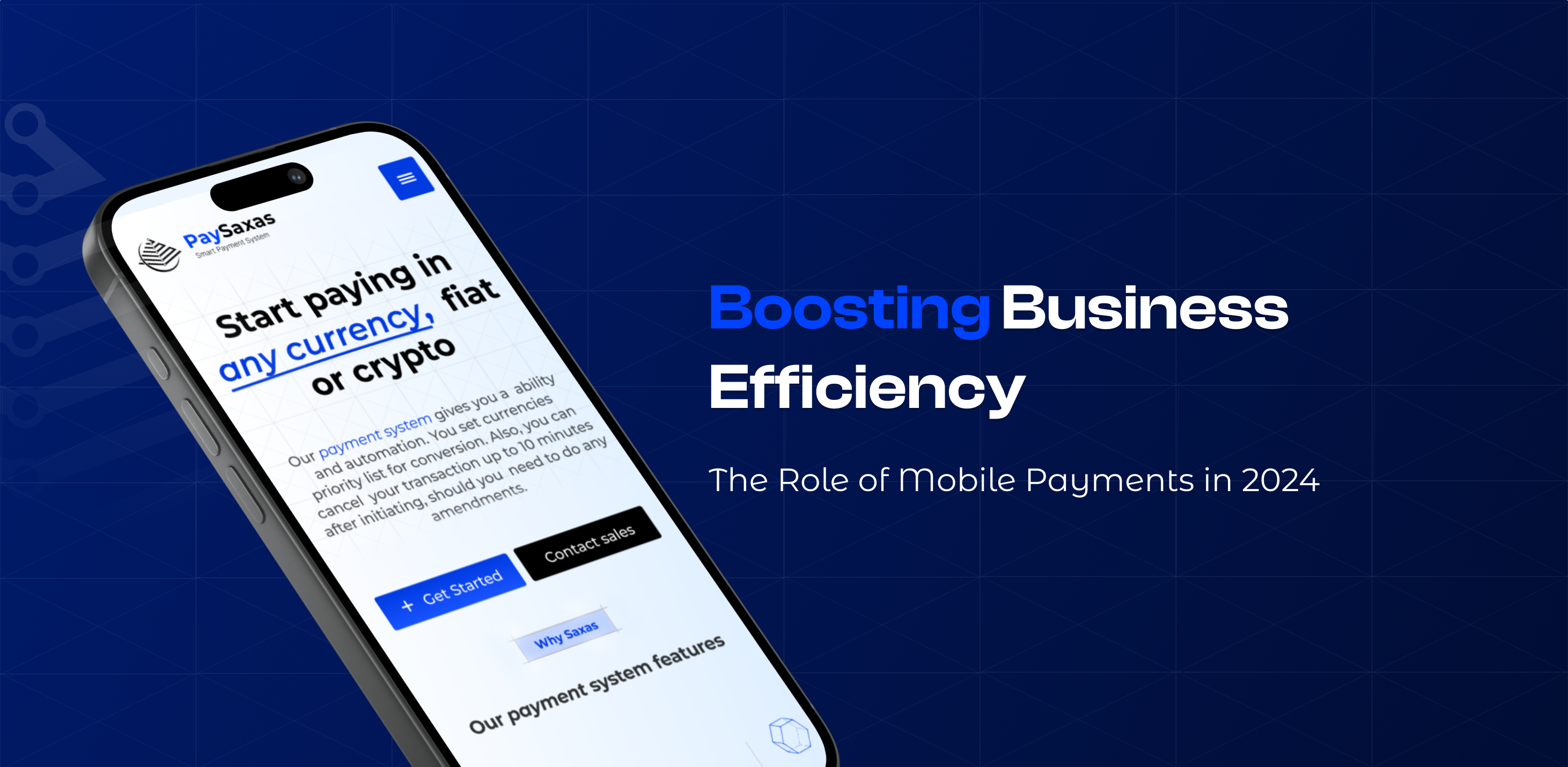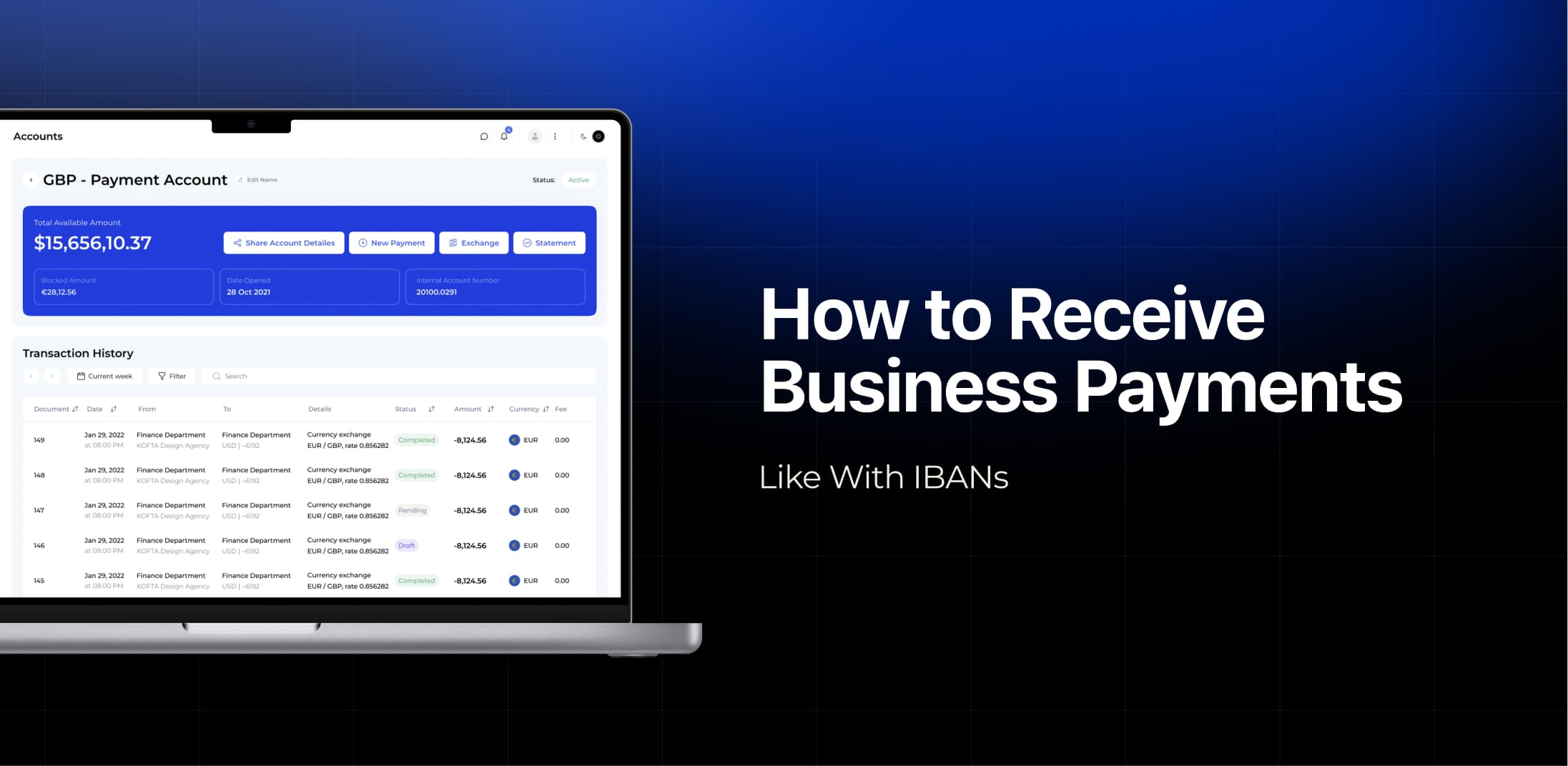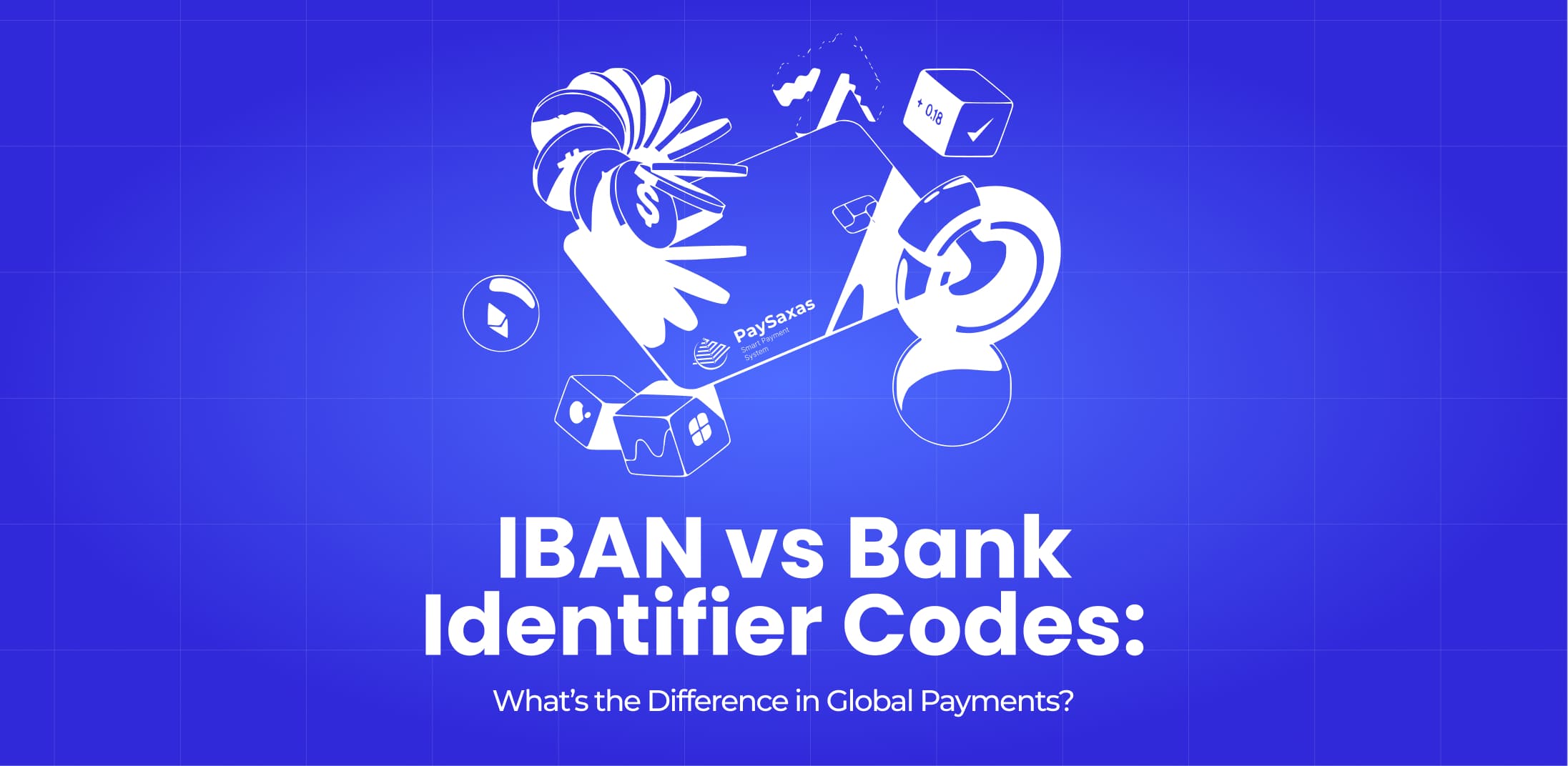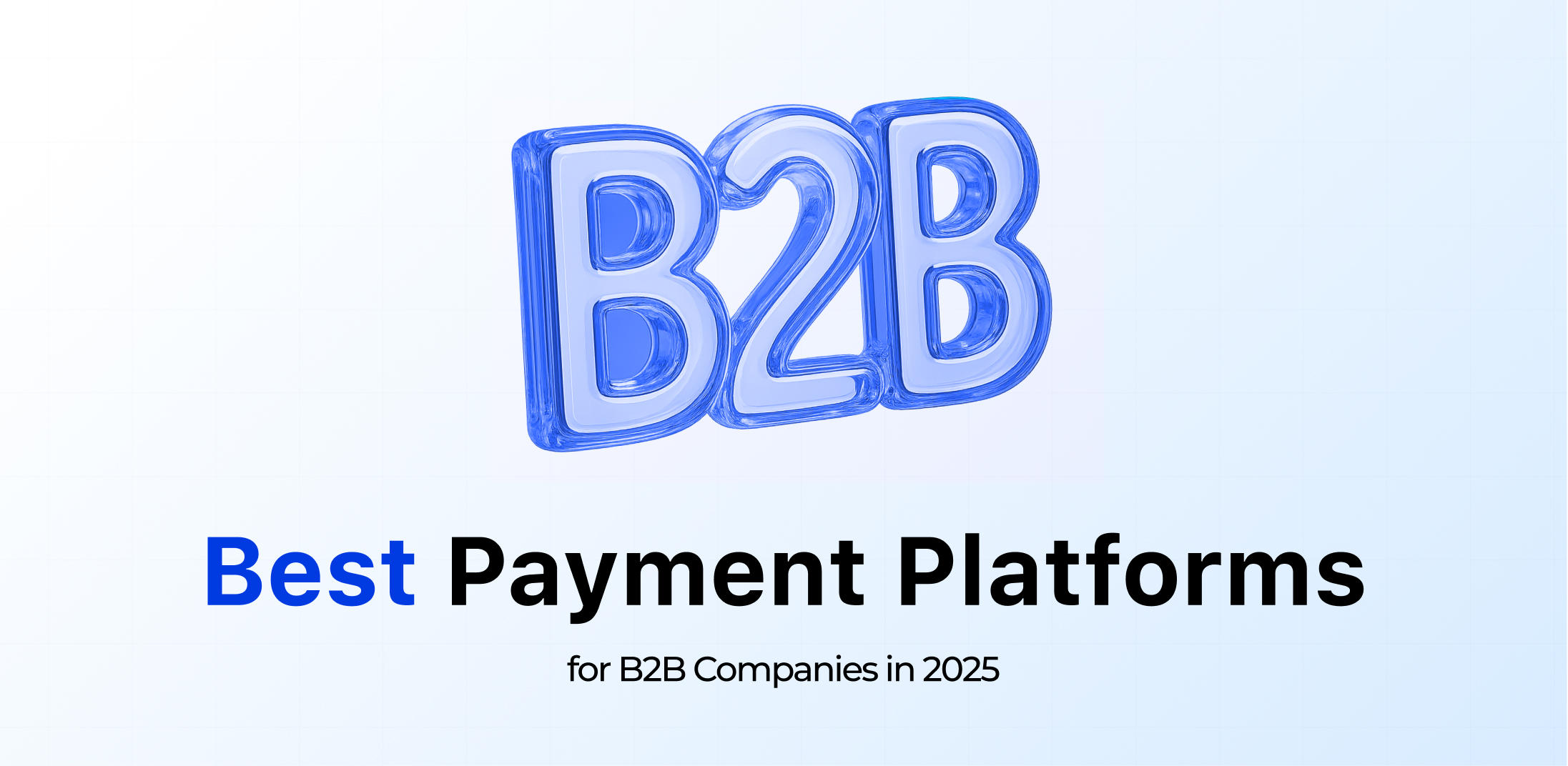The modern world requires radical business changes. What was in demand and worked yesterday is not relevant today. A saturated market, high competition, and customer demands — these are just some reasons why digital business transformation is necessary.
The introduction of new technologies is a step into the future, which is coming today. In this article, we will be able to answer the question of what are NFC mobile payments? What is the role of mobile payments online for international businesses in general? PaySaxas’ team of experts is getting started.

Introduction to mobile payments
First, let’s look at the definition of the concept. A mobile payment is a transaction made using a portable device such as a mobile phone or tablet. You can pay for goods or services online and in-store using mobile payments, as well as send or receive money.
In the context of such operations, we often encounter another concept: NFC (Near Field Communication), which is a wireless data transmission technology. Its main feature and difference from Wi-Fi or Bluetooth is that it provides an instant connection and fast information transfer at low signal strength.
Devices with NFC readers chips exchange information at a short distance of up to 5 centimeters. Keep in mind that you will not be able to make a payment if you do not have an account with any of the banks or payment systems. This is an important part of the whole process.
Understanding the importance of mobile payments for businesses
NFC mobile payments have become an important part not only for shoppers but also for entrepreneurs themselves. Businesses today are more interested in such innovations than anyone else. The ability to conduct business online, user-friendly interfaces, analytics for accounting, and many other advantages of mobile payments make them indispensable for business owners.
Brief history and evolution of mobile payments
Mobile payments did not immediately appear in the form that people use them now. Below, you can get acquainted with a short overview of how this direction developed.
| 1983 | David Chaum, an American cryptography expert, starts working on creating electronic money and invents “a disconcerting formula that is an extension of the open-source cryptographic algorithm RSA, which is still used in web encryption”. This is the very beginning of cryptocurrencies. |
| 1994 | The advent of Internet banking. |
| 1997 | WAP mobile payment system. |
| 1998 | PayPal was founded. |
| 2003 | Worldwide, 95 million people made purchases using their cell phones. |
| 2007 | iPhone and Android operating systems are released. |
| 2008 | Bitcoin appeared. |
| 2011 | Google Wallet was launched. |
| 2014 | Apple Pay was launched. A year later, Android Pay and Samsung Pay were released. |
Current state of mobile payments in businesses
With more and more big brands and companies entering the game, businesses are undergoing significant changes. Merchants are embracing the latest technology and adapting their apps to provide the best possible mobile payment experience for customers.
All this is done to win the competition and provide quality services to the consumer. Every day, IT experts are working on a mobile payments solution that will present the world with an improvement in such an area. It’s worth noting the growth of mobile card payments in the UK, where businesses offer a variety of compelling options for customers.
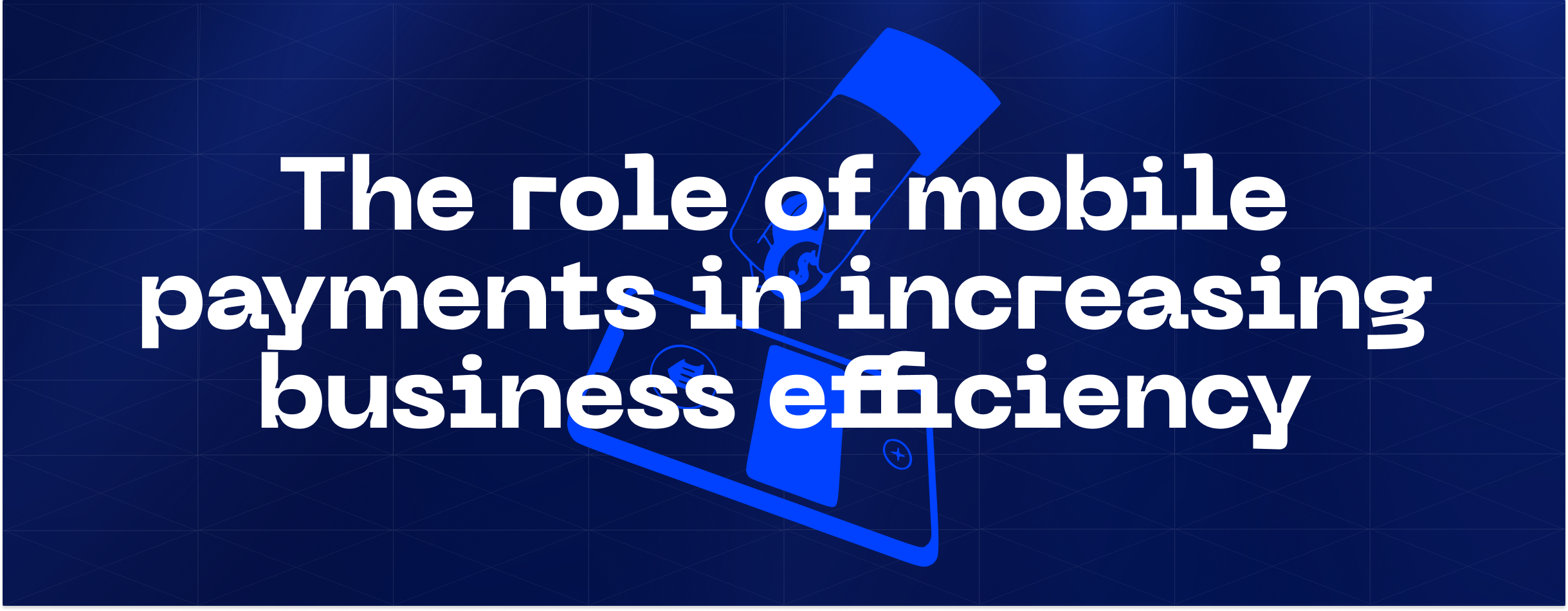
The role of mobile payments in increasing business efficiency
Mobile payments are now increasing the efficiency of almost any business area. This is due to many factors that are influenced by online processes. Here are a few aspects:
- optimization of the company’s expenses. No need to overpay for unnecessary processes;
- improving the efficiency of business processes;
- quality production planning and business management;
- improved customer service;
- new opportunities for consumers;
- staying ahead of competitors by introducing new technologies in payment methods.
Such transactions are a great mobile payments solution for both buyers and entrepreneurs. They are convenient and don’t require a lot of action on the part of the customer, which can lead to loss of interest. In turn, the business gets more benefits as well as an expanded list of customers.

Exploring the latest trends in mobile payments
The mobile payments market is not standing still, but is actively developing. Companies today are trying to come up with different methods and processes to make life easier for both themselves and the customer. Therefore, there are certain tendencies, trends that dictate the relevance and certain norms in the market. Let’s take a closer look at what may be of interest to customers.
1. Contactless transactions.
Users carry out secure and convenient transactions without physically swiping the card or inserting it into a payment terminal. When a contactless payment card or device, such as a smartwatch, is brought up to the payment terminal, the necessary transaction information is securely transmitted, verified, and processed.
Contactless payments have advantages such as convenience, increased security, and speed of transactions. Users can make payments quickly and easily without having to carry physical cards or cash.
2. Expansion of digital wallets.
Digital wallets are revolutionizing the way people invest and make payments. However, these technologies are not limited to simplifying everyday transactions and payments.
They are also being used to facilitate social investment — one of the fastest-growing areas of modern investment. Companies today are developing and implementing different types of digital wallets. The market is huge, which allows you to get your customers.
3. Growth of mobile POS.
The mobile POS market has shown significant growth in recent years due to the ease of use of the devices and the high probability of return on investment invested in these systems. Modern mobile POS systems offer greater durability and reliability than their traditional counterparts such as cash registers.
The demand for mobile terminals is expected to drive the market growth. And the restraining factor is the need to expand and improve the base of government regulations and certifications.
4. Integration with blockchain and cryptocurrencies.
These days, many solutions have emerged to make it easier for businesses to integrate cryptocurrencies into their business and allow them to accept cryptocurrency payments. When developing cryptocurrency payment solutions, you can create a fully decentralized payment process.
This entails narrowing down to one type of blockchain and developing the entire application around that particular blockchain, making the necessary adjustments and accommodations.
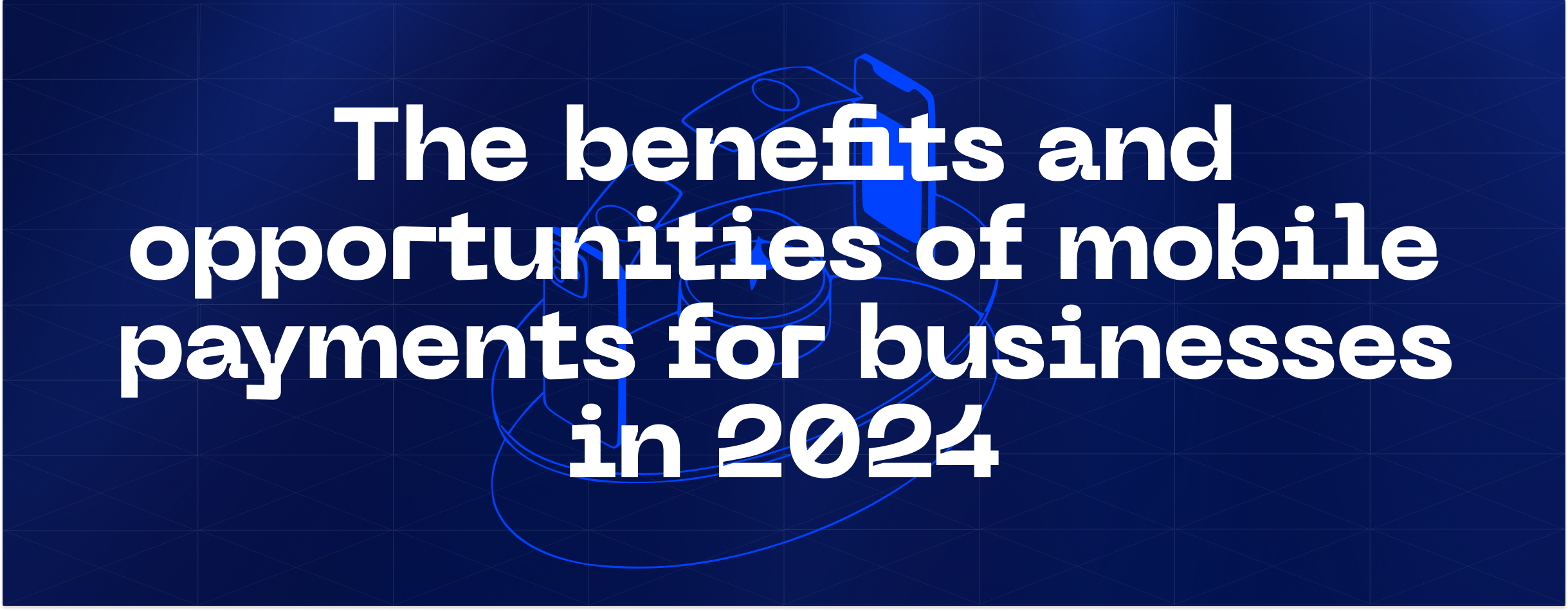
The benefits and opportunities of mobile payments for businesses in 2024
These days, mobile payments offer a lot of benefits. They really have a positive impact on the development of modern technologies, as well as the activities of many business areas. There are a few positives right away:
Convenience and speed
For business owners, mobile card payments reveal all the charms of human compulsion: we often want to make a purchase now, but if we postpone the decision, we start to doubt or refuse altogether.
Mobile operations make payment so fast and easy that the user has no time to doubt their choice, which increases sales. It is also a convenient way to receive payments in a single stream, which in many cases simplifies accounting.
Security and fraud prevention
To make NFC mobile payments convenient and secure, electronic payment systems and banks invest considerable resources. That’s why paying for goods and services online is as secure as paying with paper money at a cash register. It’s even safer, because you don’t risk getting paid with counterfeit banknotes.
Increased financial inclusion and accessibility
Mobile card payments systems offer a dual promise: they act as an engine for increasing financial inclusion and as a business opportunity for providers to deliver services in developing countries. By building digital financial instruments, companies are well-positioned to evolve their business models.
Mobile payment systems have realized significant benefits of scale when fixed costs become small in relative terms and network effects are offset, both for individual service providers and market-wide.
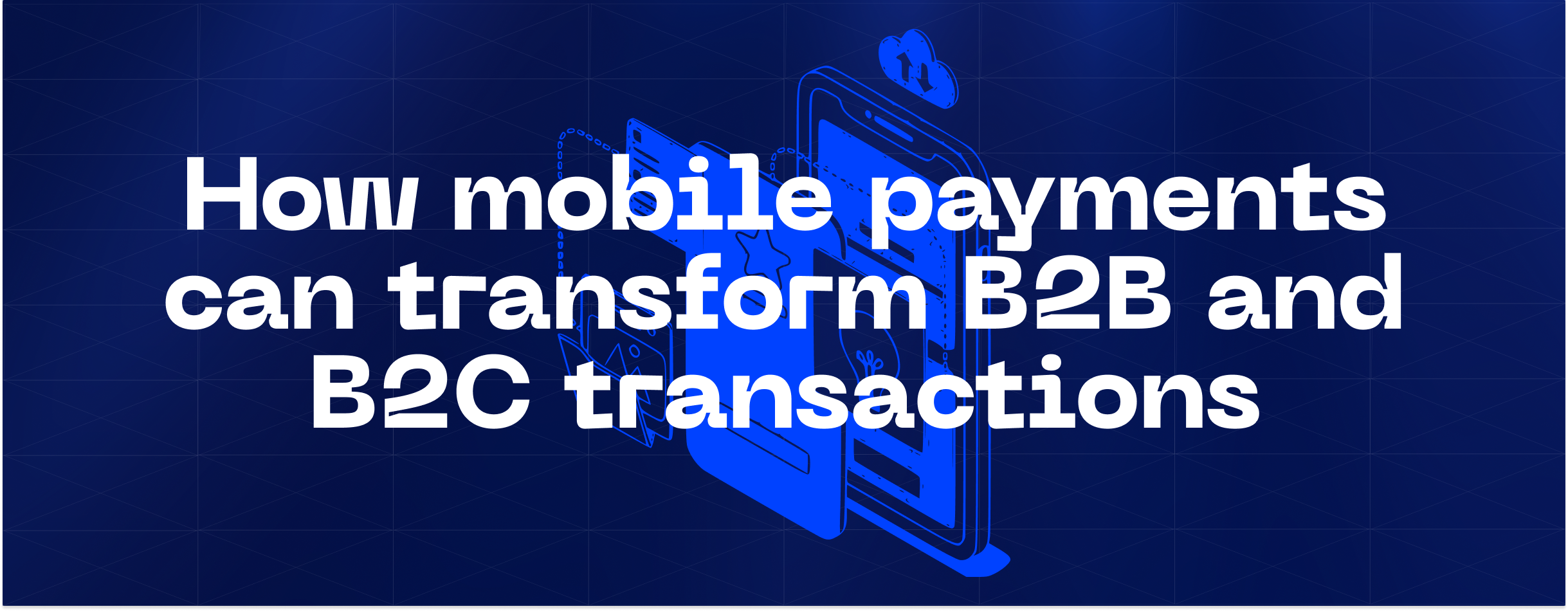
How mobile payments can transform B2B and B2C transactions
Mobile payments today are influencing and even changing transaction processes. This affects both B2B and B2C segments. Innovation plays into the hands of entrepreneurs who can incorporate modern technology into their services. What is important to emphasize in this case:
Mobile wallets and B2C transactions
Mobile wallets are usually in the form of mobile applications that allow you to send and receive money transfers to pay for goods and services or receive payment. So, to use a digital wallet, a user only needs to download an app. The market for such wallet providers is huge.
Therefore, customers and businesses can carry out both transactions to individuals and legal entities. The main advantage of this digital payment solution is that transfers between wallets are instantaneous, and many digital wallet systems allow transactions in different currencies.
Potential concerns and challenges with the adoption of mobile payments
Mobile payments also have a number of challenges that could impact your business. It is better to keep them in mind when implementing into your working model. Here are a few of them:
Data privacy and security issues
The advent of mobile card payments and digital wallets has brought with it a new set of privacy and data security regulations. These regulations affect the growth of the mobile payments and digital wallet industry because they are designed to protect customer data.
A major challenge for mobile payments is that customer data is securely transferred between users and merchants. To ensure this, these industries must comply with privacy and data security regulations such as the Payment Card Industry Data Security Standard (PCI DSS).
Regulatory and compliance complexities
Mobile card payments also have difficulties in regulation and procedural compliance. This is because the market is just developing and does not yet have a fully unified procedure for adopting requirements. Rest assured, in the not-too-distant future, digital payments will have a unified mechanism and regulatory procedure.
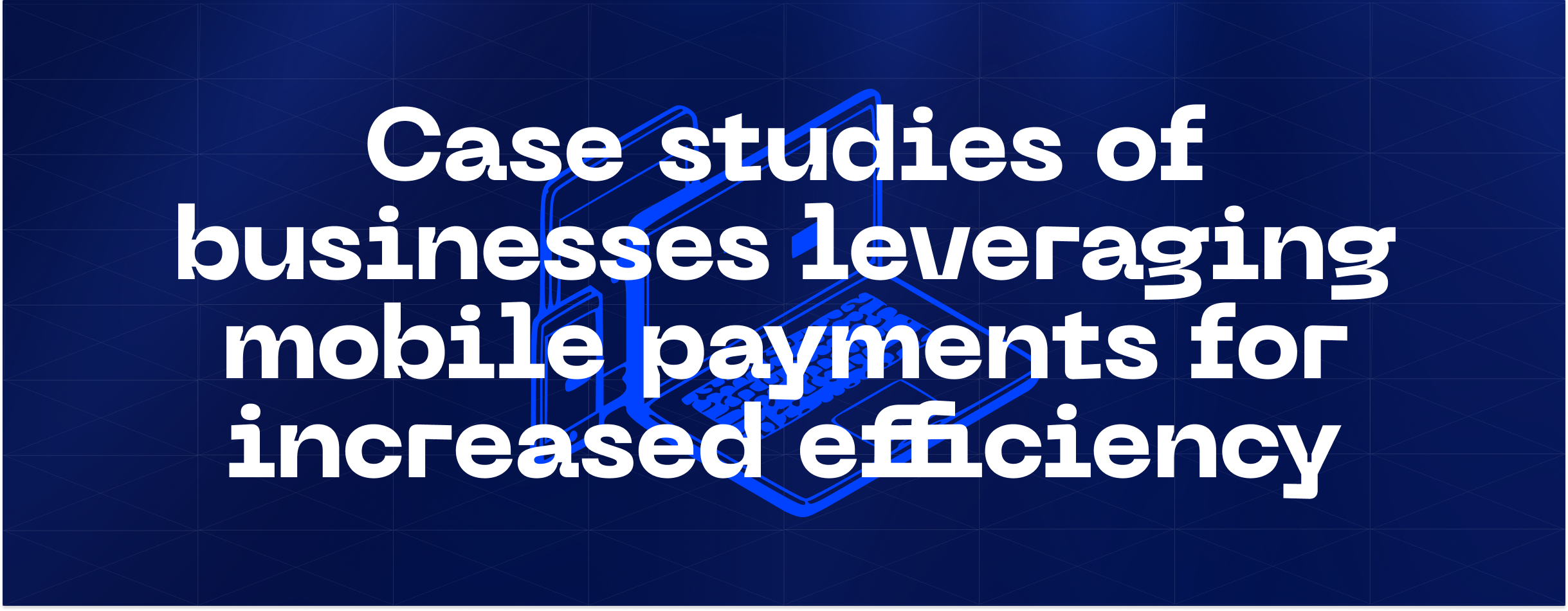
Case studies of businesses leveraging mobile payments for increased efficiency
Businesses today are actively using mobile payments to improve and scale their operations. Such operations not only offer opportunities to customers but also improve the daily work for the entrepreneurs themselves. The effectiveness in this case is visible to the naked eye. Let’s look at examples of companies that use mobile payments in their activities.
Square
One of the best-known services for accepting and processing mobile payments. There are no contracts or recurring payments, so Square is a good fit for businesses that use irregular mobile payments. Square connects directly to your bank account and accepts US payments from credit and debit cards.
GoPayment
The company offers mobile applications for iOS and Android, as well as a special terminal for processing credit cards. There is an opportunity to pay for services “on the go” for small businesses. In this case, there is no subscription fee, and each transaction is made with a commission of 2.75%.
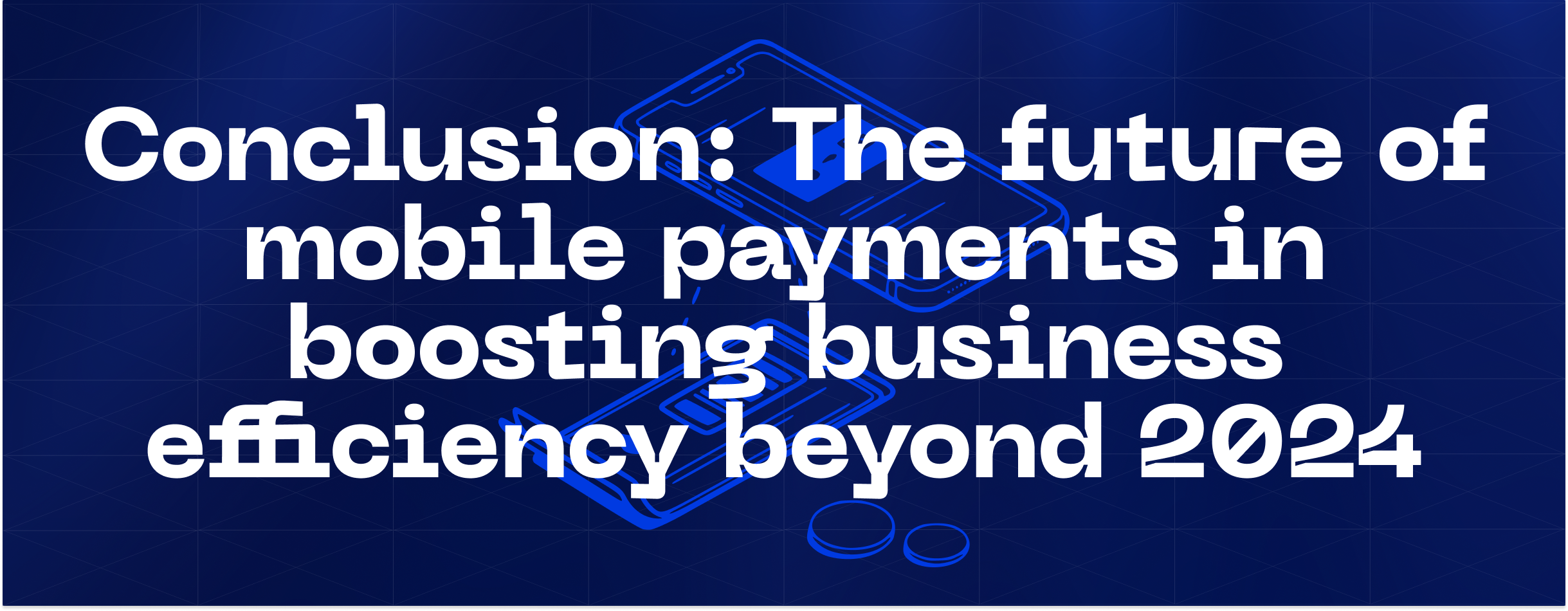
Conclusion: The future of mobile payments in boosting business efficiency beyond 2024
In this article, experts from the PaySaxas team reviewed the topic of mobile payments, their positive aspects, and prospects. A mobile payment is a transaction made using a portable device, such as a mobile phone or tablet.
According to the market analysis, by 2024, the total number of users worldwide who regularly make contactless mobile payments using their smartphone or other NFC-enabled smart device will exceed one billion for the first time in history.
The key drivers of this growth will be increased investment in contactless payment acceptance infrastructure (sPOS terminals), consumer demand, and an increase in the number of smartphones in developing regions of the world. Let’s keep an eye on the mobile payment market with PaySaxas.


